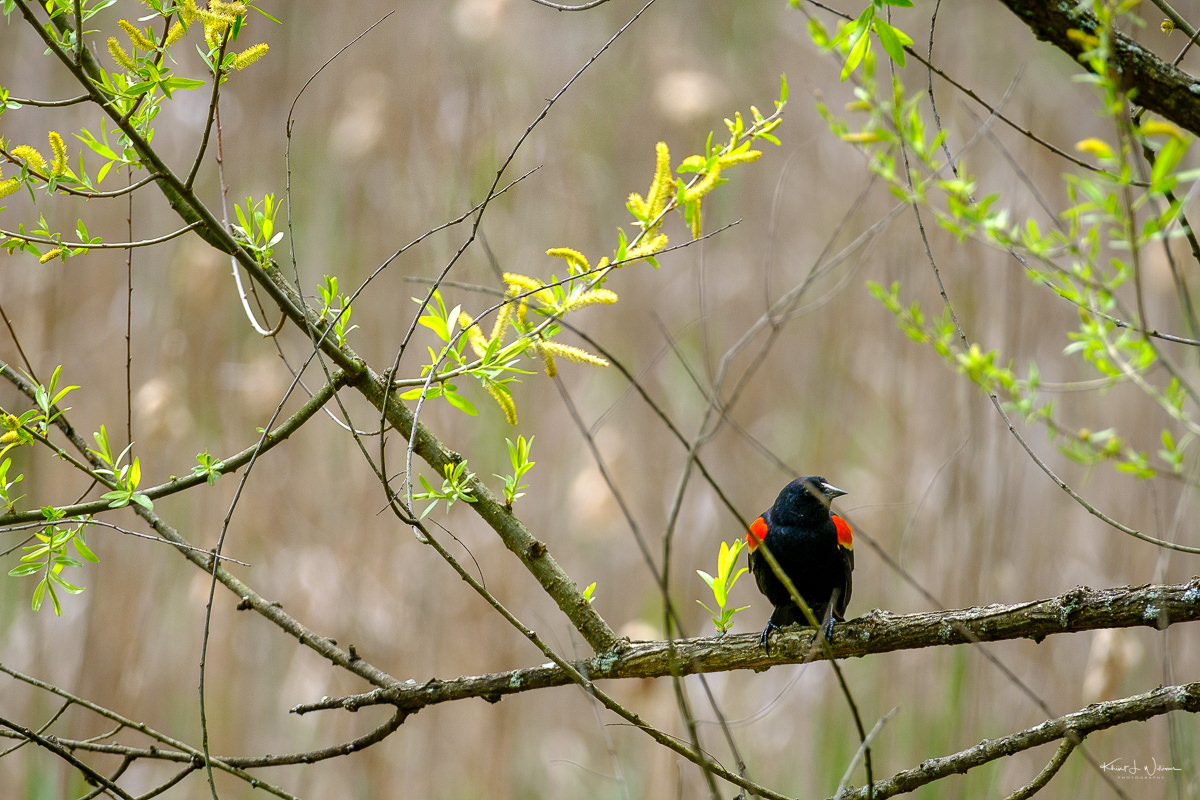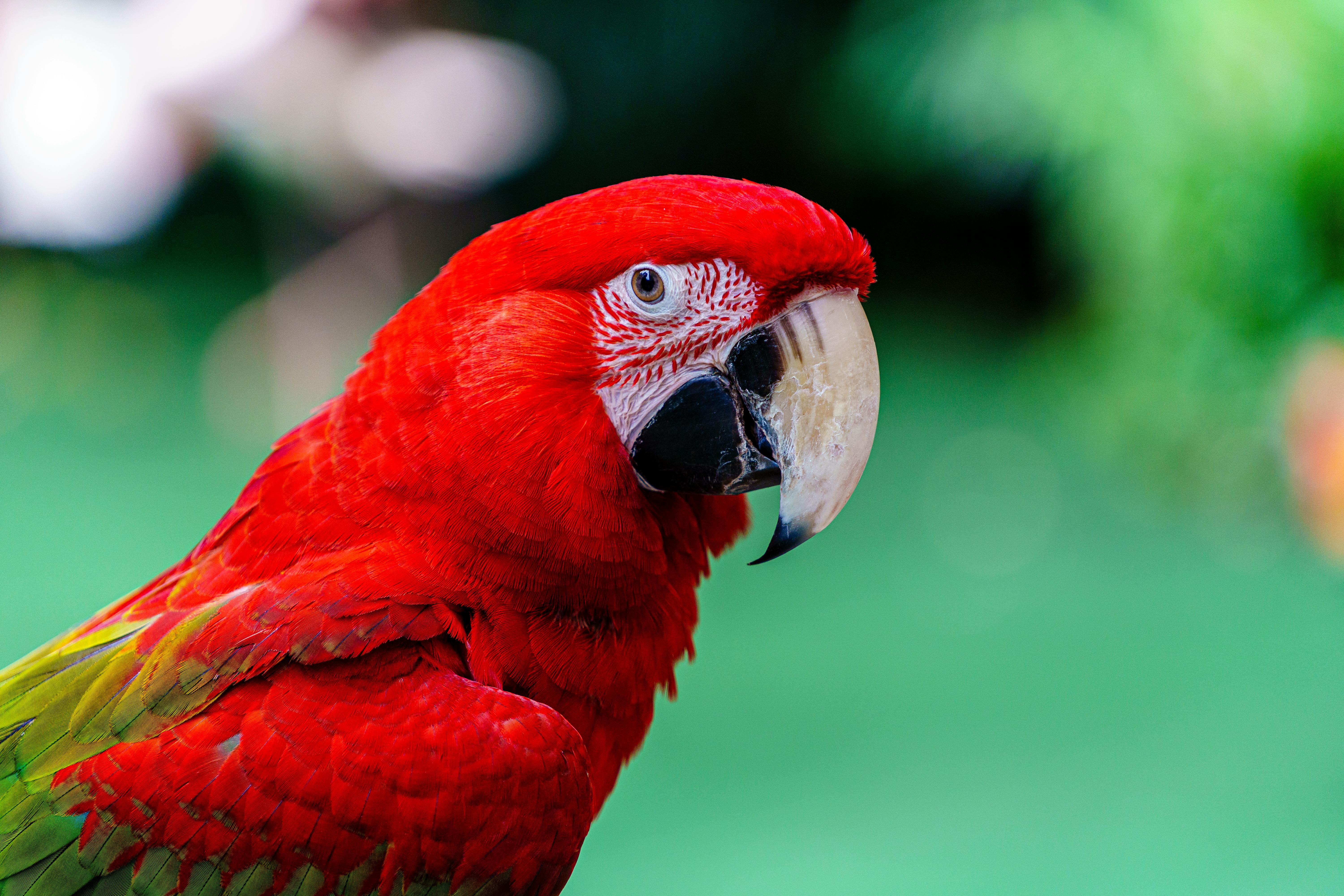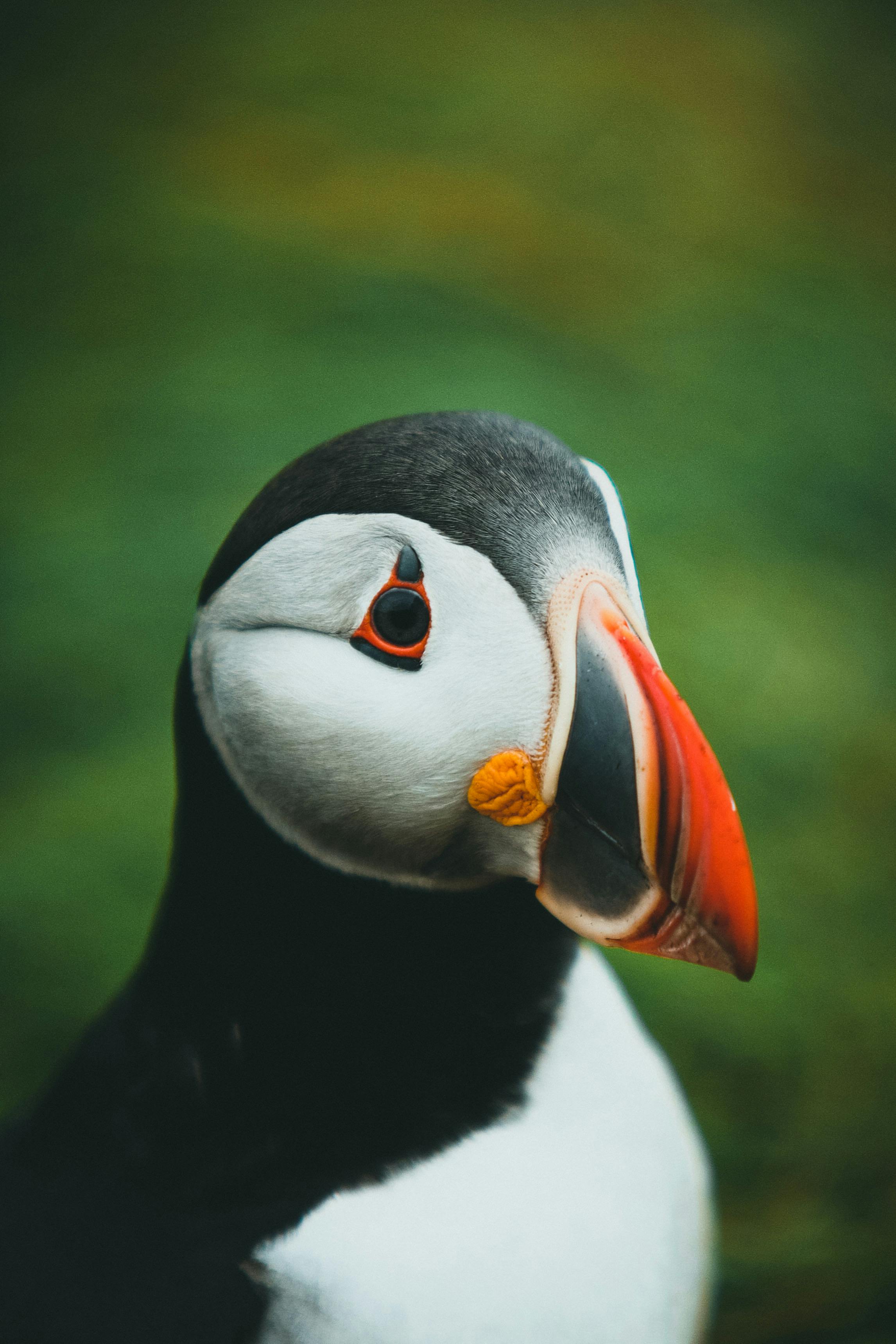Introduction

A broken beak can present significant challenges for birds, affecting their ability to eat, drink, groom, and defend themselves. As a vital tool for foraging, preening, and defense, the beak plays a crucial role in a bird’s daily activities. When the beak is broken, these functions are compromised, leading to a range of difficulties.
Impaired Feeding Abilities

One of the primary challenges faced by birds with broken beaks is impaired feeding abilities. The beak is essential for grasping and manipulating food, allowing birds to consume a varied diet necessary for their overall health. However, with a broken beak, birds may struggle to grasp and hold food properly, leading to difficulties in obtaining the necessary nutrition. This can result in malnutrition, weight loss, and a weakened immune system.
Grooming Challenges
Grooming is crucial for birds to maintain healthy feathers and prevent infections. Typically, birds use their beaks to preen feathers, removing debris, parasites, and excess oil. Unfortunately, a broken beak hinders their ability to engage in these grooming behaviors effectively. As a result, birds may experience feather problems and an increased risk of infections, further compromising their overall health.
Social and Defensive Implications
A broken beak can also have social and defensive implications for birds. Beaks play a vital role in communication and territorial displays among birds. With a broken beak, birds may struggle to communicate effectively or defend themselves against predators or rivals. These limitations can significantly impact their overall well-being and quality of life.
Providing Guidance and Support

The purpose of this article is to provide guidance and support for those caring for birds with broken beaks. We will explore strategies to ensure the birds‘ nutritional needs are met through appropriate feeding techniques and modified food options. Additionally, we will discuss potential health concerns to monitor and provide essential care tips for the well-being of the birds.
In the following sections, we will delve into what to feed birds with broken beaks, including suitable types and amounts of food. We will also discuss their specific nutritional needs and how to adapt their diet accordingly. Furthermore, we will explore methods of preparing and serving food to facilitate easier consumption, such as modifying textures and utilizing specialized feeders and dishes.
It is important to note that caring for birds with broken beaks requires professional veterinary assistance. The information provided in this article is intended to supplement veterinary advice and offer practical guidance for bird owners or caregivers. By following the tips and strategies outlined in this article, individuals can help ensure the well-being and proper nutrition of birds with broken beaks, promoting their recovery and overall quality of life.
Feeding a Bird with a Broken Beak: Ensuring Nutritional Needs

Birds with broken beaks face unique challenges when it comes to eating. Their ability to peck and crack open food may be compromised, requiring special attention to their nutritional needs. In this section, we will explore the types and amount of food suitable for birds with broken beaks, as well as their specific nutritional requirements.
Types and Amount of Food
Soft Foods: Birds with broken beaks require easily consumable soft foods. Examples include mashed fruits like bananas or berries, cooked vegetables such as sweet potatoes or carrots, and soft grains like cooked rice or oatmeal. These options provide essential nutrients while being gentle on the bird’s injured beak.
Commercial Soft Diets: Another option is commercially available soft diets specifically formulated for birds with beak injuries. These diets usually come in powdered or pellet form, which can be mixed with water to create a soft, easily consumable food. They provide a convenient and reliable option, meeting the nutritional needs of birds with broken beaks.
Moistened Pellets or Seeds: In some cases, birds may still be able to consume moistened pellets or seeds. By softening these foods with water or a liquid supplement, they become easier for the bird to eat. Ensure that the pellets or seeds are thoroughly moistened but not soaked, as excessive moisture can promote bacterial growth.
When determining the amount of food to provide, monitor the bird’s appetite and adjust accordingly. Start with small portions and observe if the bird is consuming the food comfortably. Gradually increase the portion size if the bird is eating well. Striking a balance between providing enough food for sustenance and avoiding wastage is important.
Nutritional Needs

A balanced diet is vital for birds with broken beaks to support healing and overall health. Providing a variety of nutrient-rich foods ensures that the bird receives the necessary vitamins, minerals, and other essential nutrients.
Protein: Protein is crucial for tissue repair and growth in birds. Offer protein-rich foods such as cooked eggs or lean meats like chicken or turkey. These sources of animal-based protein aid in the healing process. Alternatively, commercially available bird protein supplements can be incorporated into the bird’s diet with the guidance of a veterinarian.
Carbohydrates: Cooked grains like rice or quinoa provide readily available energy for birds. These soft grains are easy to eat and digest, making them suitable for birds with broken beaks.
Fats: While fats should be provided in moderation, they are a valuable source of energy and essential fatty acids. Incorporate small amounts of healthy fats into the bird’s diet, such as chopped nuts or seeds, to support overall nutrition.
Vitamins and Minerals: Birds require a range of vitamins and minerals for optimal health. Fresh fruits and vegetables, such as finely chopped leafy greens, carrots, or bell peppers, provide essential vitamins and minerals. Consult a veterinarian or avian specialist to ensure the bird’s specific nutritional needs are met.
By offering a balanced diet that includes soft foods, protein sources, carbohydrates, fats, and essential vitamins and minerals, you can support the recovery and well-being of birds with broken beaks. Providing a variety of suitable foods helps ensure that their nutritional requirements are met, enabling them to heal and thrive.
Next, we will discuss how to prepare and serve food for a bird with a broken beak, including modifications for easy consumption and the use of feeders and dishes.
Preparing and Serving Food for a Bird with a Broken Beak

Birds with broken beaks face challenges in eating their regular diet, requiring modifications to make their food easier to consume. Here are some tips to help you in this process:
Soaking the Food
Soaking the bird’s food in water or bird-safe broth can soften it, making it easier for the bird to chew and swallow. This method is particularly helpful for dry foods like seeds and pellets. Ensure that the liquid is at a suitable temperature and allow the food to soak until it reaches the desired consistency.
Finely Chopping or Mashing the Food

Finely chopping or mashing the food into smaller, more manageable pieces can assist the bird in picking up and consuming it without excessive effort. Use a sharp knife or food processor to achieve the desired consistency. This method is especially useful for fruits, vegetables, and other foods that the bird typically eats.
Suitable Foods for Modification
When modifying the bird’s food, focus on the types of foods the bird would typically eat. Chop or mash fruits like apples, bananas, and berries. Steam or puree vegetables such as carrots, peas, and leafy greens. Soften or grind seeds and pellets to facilitate consumption.
Utilizing Feeders and Dishes

Selecting appropriate feeders and dishes is crucial for accommodating the bird’s broken beak and ensuring comfortable feeding. Consider the following recommendations:
Shallow Dishes or Trays
Opt for shallow dishes or trays that allow easy access to the food. Deep bowls may hinder the bird’s ability to reach the food comfortably. Ensure that the dishes are securely anchored to prevent tipping or spilling.
Specialized Feeders for Birds with Beak Injuries
Specialized feeders designed for birds with beak injuries or disabilities can be beneficial. These feeders often feature adjustable perches or openings that can be customized to the bird’s needs, providing a suitable platform for comfortable food access.
Gravity Feeders

Gravity feeders are a practical option as they offer a continuous supply of food without requiring the bird to peck or manipulate the food excessively. This type of feeder minimizes the effort needed to obtain food, reducing strain on the bird’s broken beak.
Placement of Feeders
Ensure that the food is easily accessible to the bird by placing the feeders at an appropriate distance from its perch. Offering multiple feeding stations throughout the bird’s enclosure can be helpful, especially if the bird has limited mobility.
By modifying the bird’s food and utilizing suitable feeders and dishes, you can ensure that the feeding process is more manageable and comfortable for a bird with a broken beak.
Next, we’ll explore potential health concerns that should be monitored when caring for a bird with a broken beak.
[Word Count: 347]
4. Potential Health Concerns

Birds with broken beaks require special attention to ensure their overall health and well-being. Monitoring their weight, appetite, and recognizing signs of illness are crucial aspects of caring for these birds.
a. Monitoring Weight and Appetite
![]()
Maintaining a healthy weight can be challenging for birds with broken beaks. Here are some key considerations to ensure their well-being:
-
Regular Weighing: Use a small, accurate bird scale to monitor weight changes.
-
Ideal Weight Range: Consult an experienced avian veterinarian to determine the bird’s ideal weight range.
-
Observing Eating Habits: Monitor the bird’s appetite and food consumption for any changes.
-
Alternative Feeding Methods: If the bird is not eating adequately, consider syringe feeding or offering soft, easily chewable foods.
b. Signs of Illness
Being vigilant for signs of illness is crucial for birds with broken beaks. Recognize these common indicators early for prompt intervention:
-
Changes in Behavior: Watch for unusual behavior patterns, such as lethargy or sudden decrease in activity levels.
-
Vocalization Patterns: Observe for changes in vocalization, which may indicate discomfort or illness.
-
Abnormal Discharges: Check for abnormal discharges from the eyes, nostrils, or vent.
-
Droppings: Pay attention to changes in consistency, color, or odor of the bird’s droppings.
-
Difficulty Breathing: Be alert for signs of difficulty breathing, such as rapid or labored breathing.
-
Plumage Changes: Notice any changes in the bird’s plumage, such as ruffled feathers or lack of preening.
-
Weight Changes and Appetite: Monitor for noticeable weight loss, excessive weight gain, or changes in appetite.
By remaining attentive to the bird’s weight, appetite, and overall well-being, as well as promptly recognizing signs of illness, you can provide the necessary care to help the bird recover and maintain optimal health.
In the next section, we will provide a comprehensive conclusion summarizing the key tips for feeding a bird with a broken beak and offer closing remarks.
[Word Count: 259]
Conclusion
![]()
Caring for a bird with a broken beak requires special considerations when it comes to feeding. By following these tips, you can ensure that the bird receives the necessary nutrition for its recovery:
Summary of Tips for Feeding a Bird with a Broken Beak
-
Provide Soft and Easily Consumable Foods: Offer mashed or pureed options that require minimal beak manipulation. This allows the bird to swallow the food without difficulty.
-
Modify Food Consistency: Mash or puree the food to a texture that the bird can easily handle. This prevents choking and helps the bird consume the food more easily.
-
Offer Nutritious Foods: Include cooked grains, mashed fruits, steamed vegetables, and soft proteins like scrambled eggs or tofu in the bird’s diet. These foods provide essential nutrients for recovery.
-
Ensure Appropriate Food Temperature: Test the food’s temperature before offering it to the bird to prevent discomfort or burns. Avoid extremes of hot or cold.
-
Consider Specialized Feeding Tools: If the bird is unable to eat on its own, use specialized bird feeding syringes or droppers to assist with feeding. These tools ensure the bird receives necessary nutrition.
-
Allow the Bird to Eat at Its Own Pace: Be patient and avoid forcing or overfeeding the bird. Let it eat at its own pace to minimize stress and complications.
Closing Remarks
Feeding a bird with a broken beak requires sensitivity and attentiveness. Implement these feeding techniques and seek guidance from a veterinarian or avian specialist to provide the best possible care during recovery. Remember to tailor the feeding approach to the specific needs of the individual bird, as each situation may vary.
Monitor the bird’s weight and appetite regularly to ensure progress. If you notice signs of illness, consult a veterinarian promptly for appropriate treatment. With proper feeding, veterinary care, and time to heal, birds with broken beaks can regain strength and lead healthy lives once again.
By taking the steps outlined in this article, you make a positive impact on the bird’s well-being and contribute to its successful recovery. Your dedication and care play a vital role in helping these birds overcome the challenges posed by their broken beaks.
Frequently Asked Questions
Frequently Asked Questions
Q1: What should I feed a bird with a broken beak?
A1: When feeding a bird with a broken beak, provide soft foods like mashed fruits, cooked vegetables, and soft grains. You can also consider commercially available soft diets formulated for birds with beak injuries.
Q2: How much food should I give to a bird with a broken beak?
A2: Start with small portions and observe if the bird is eating comfortably. Adjust the portion size based on the bird’s appetite. It’s important to strike a balance between providing enough food for sustenance and avoiding wastage.
Q3: What are the nutritional needs of a bird with a broken beak?
A3: Birds with broken beaks require a balanced diet that includes protein sources (cooked eggs or lean meats), carbohydrates (cooked grains), fats (small amounts of healthy fats like chopped nuts or seeds), and essential vitamins and minerals from fresh fruits and vegetables.
Q4: How can I make food easier for a bird with a broken beak to eat?
A4: Soaking the food in water or bird-safe broth can soften it. Finely chopping or mashing the food into smaller pieces can also make it more manageable. Specialized feeders and shallow dishes or trays can aid in comfortable feeding.
Q5: What health concerns should I monitor when caring for a bird with a broken beak?

A5: It’s important to monitor the bird’s weight, appetite, and signs of illness. Regular weighing, observing eating habits, and recognizing changes in behavior, vocalization, droppings, and plumage are crucial. Promptly consult a veterinarian if any concerns arise.

Leave a Reply